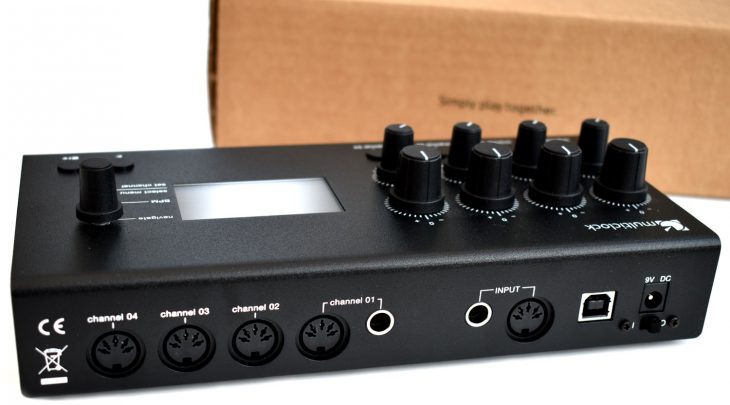

the internal clock is good and you can easily reset everything. You get 2 din sync and 2 midi out on board. What's more important IA keeping all your gear in sync with each other which is why I would recommend the Roland sbx 1. It's not necessarily the most useful things to clock your daw in sync with sequencers on your gear. Will definitely experiment with that and see if it helps, thanks. Some interesting points there that I hadn't considered, such as the internet connection. The Robokop is DIN Synced through a Kenton box, everything else midi that either comes through my RME interface (SQ1) or USB midi (Faderfox SC4) through a powered USB 3 hub. Some of the above are probably debatable but I have set up with these points in mind and don't have clock jitter issues.I am using a few hardware sequencers, yes. It works well for some people, but I have also heard complaints. The USAMO works on the same principle, but has only one midi output (E-RM & ACME = 4). Their systems work just as the newer products, but are a bit more pricy with less/diferent options. The ACME ACME-4 has a few more options at a higher prize. In my opinion the E-RM Multiclock is the best prize value. To reduce jitter and latency for syncing and recording external midi sequencers there are different options that work: The system meassures the input latency and automaticaly adjusts the audio correspondingly. As far as I know only Protools HD offeres "input-latency compensation". Input/recording Latency is something that is allways an issue. Or sync a modern multitrack recorder (with no midi) to a DAW, MPC or other device that can generate audio triggers.

But what you can also do is use these boxes to sync a MPC to a tape recorder. Say: You basically only need these boxes if you want to sync external sequencers/drummachines etc.

Some of the above are probably debatable but I have set up with these points in mind and don't have clock jitter issues.
Multiclock windows#
Windows MIDI seems more prone to clock jitter judging by what I have read. Use a dedicated MIDI interface plugged into a separate USB bus from your audio interface. If you use an audio interface which also has MIDI ports, don't use those ports. (Anker is a good brand- the Elektron hub is poor quality) You also want to optimise the MIDI streams from the computer by connecting directly to a USB port on your computer (instead of through a USB hub) or using quality powered USB 3 hubs with MTT technology.
Multiclock mac os#
Network activity (especially wifi and bluetooth) can introduce clock jitter, simply because neither Mac OS nor Windows are optimised for MIDI output. This is because the operating system does not prioritise USB MIDI data. If you use a Mac you should be able to get a good MIDI clock output from your DAW by optimising the Mac for MIDI- this means quitting all background apps (especially browsers and other app/process that tries to connect to the internet) and turning off all networking.

What these boxes do is provide a MIDI clock to replace the clock output of your DAW and are needed if that DAW clock has too much jitter - which means random fluctuation and NOT a constant lag, which is latency and can be adjusted for. unless you are using synths with MIDI clocked LFOs and you need that sync to be super tight. If all the sequencing is done on the DAW you don't need any of these. These boxes are only needed if you are trying to sync a hardware MIDI sequencer (or MIDI drum machine/synth with onboard sequencer,or perhaps an older machine with DIN sync), with your DAW.


 0 kommentar(er)
0 kommentar(er)
